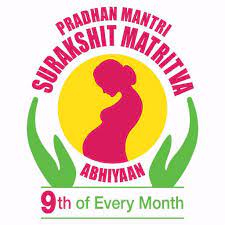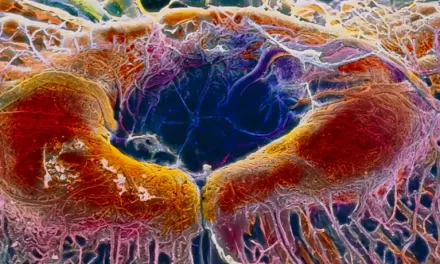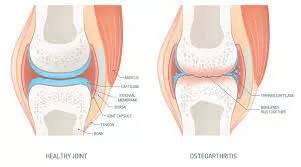New Delhi, August 3, 2024 — In a significant move to improve maternal health outcomes, the Government of India has introduced an Extended Pradhan Mantri Surakshit Matritva Abhiyan (PMSMA) strategy. This updated approach aims to enhance the quality of antenatal care (ANC) for pregnant women, particularly those at high risk, by expanding the list of high-risk pregnancy categories and providing additional sessions beyond the standard monthly appointments.
The PMSMA initiative, which was first launched to offer free, comprehensive, and quality ANC on the 9th of every month, has been instrumental in ensuring that pregnant women in their 2nd and 3rd trimesters receive essential care at designated public health facilities. The program, overseen by obstetricians and medical officers, is designed to be universally accessible and aims to improve maternal and newborn health by preventing complications and reducing mortality rates.
To further bolster the effectiveness of the PMSMA, the government has now expanded the list of high-risk pregnancy categories from 10 to 25. This broader categorization allows for earlier identification and management of potential complications, ensuring that women who are at greater risk receive timely and specialized care. By linking these high-risk pregnancies with the nearest First Referral Units (FRUs), the program aims to facilitate seamless access to advanced medical support.
“The expansion of high-risk pregnancy categories and the introduction of additional PMSMA sessions reflect our commitment to safeguarding maternal and newborn health,” said a spokesperson from the Ministry of Health and Family Welfare. “By enhancing our tracking and intervention strategies, we are taking a proactive approach to reduce morbidity and mortality and improve overall health outcomes.”
The detailed list of the new 25 high-risk pregnancy categories can be found in Annexure-2, while the year-wise statistics of pregnant women receiving ANC under the PMSMA over the last three years are provided in Annexure-1.
This extended strategy marks a significant step forward in the government’s ongoing efforts to ensure safe motherhood and address the challenges faced by high-risk pregnancies. With these measures, the PMSMA aims to deliver not only routine care but also targeted interventions that are critical to improving maternal and infant health across the country.
Annexure 1
| Sr. No. | Financial Year | The total no. of pregnant women who received Antenatal care under PMSMA |
| 1 | 2021-2022 | 4748258 |
| 2 | 2022-2023 | 7357311 |
| 3 | 2023-2024 | 9316278 |
| 4 | 1st April 2024 to 26th July 2024 | 3239555 |
Annexure 2
| Sl. No. | High Risk Pregnancy (HRP) categories |
| 1 | HIV |
| 2 | Syphilis |
| 3 | Severe anemia |
| 4 | Pregnancy Induced Hypertension |
| 5 | Gestational Diabetes Mellitus |
| 6 | Hypothyroidism |
| 7 | Tuberculosis |
| 8 | Malaria |
| 9 | Previous LSCS |
| 10 | Cephalo-pelvic Disproportion |
| 11 | Bad Obstetric History |
| 12 | Twins/Multiple pregnancy |
| 13 | Hepatitis B |
| 14 | Abnormal fetal heart rate |
| 15 | Teenage Pregnancy |
| 16 | High Fever |
| 17 | RTI/STI |
| 18 | H/O Still Birth |
| 19 | Congenital Malformation |
| 20 | Negative Blood Group |
| 21 | Early Primi |
| 22 | Elderly Primi |
| 23 | Grand Multipara |
| 24 | Short Stature |
| 25 | Others specify |
The Union Minister of State for Health and Family Welfare, Smt. Anupriya Patel stated this in a written reply in the Lok Sabha to yesterday.












